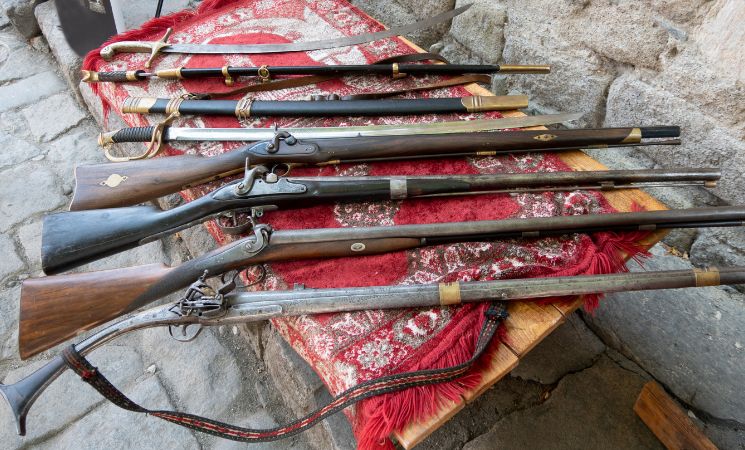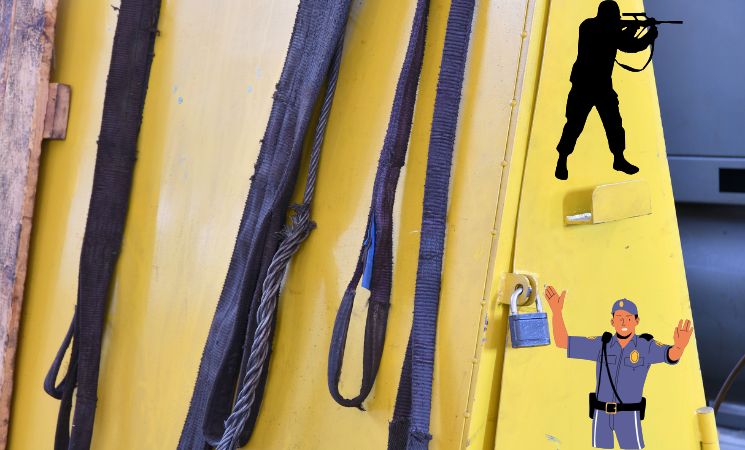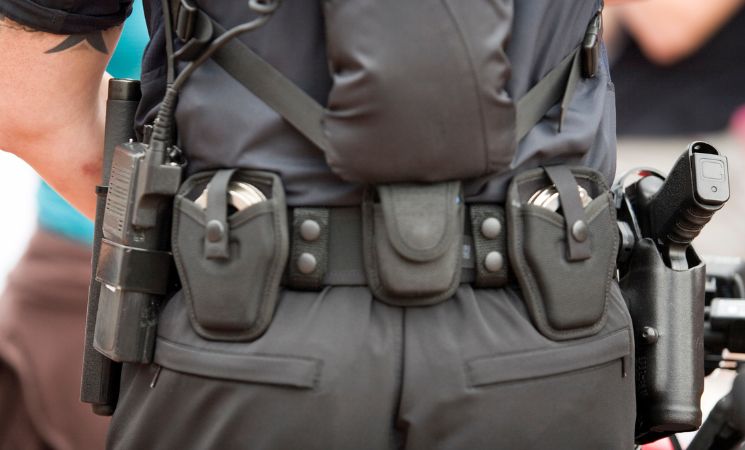In the public imagination, a police officer’s uniform is more than just clothing. It is a symbol of authority, duty, and protection. Central to that uniform, almost as iconic as the badge itself, is the belt – a simple but indispensable piece of gear. While tactical slings are occasionally seen in specialized roles, belts have long been the staple of everyday policing, a tradition deeply embedded in practicality and history. This brings us to a question worth exploring: why do police officers rely so heavily on belts rather than slings in their daily operations?
Police belts, commonly known as duty belts, are more than just straps to hold up an officer’s pants. They are carefully crafted tools designed to keep a wide array of equipment within arm’s reach at all times.
The items usually attached to a police officer’s duty belt include:
- 🔫 Firearm holster
- 👮♂️ Handcuffs
- 🦯 Baton
- 👮♂️ Radio
- 🔌 Taser
- 👮♂️ Pepper spray
- 👮♂️ Flashlight
- 👮♂️ Ammunition pouches
The belt is designed to securely hold and provide quick access to these items while distributing the weight evenly around the officer’s waist, making it practical for mobility during patrols or emergencies.

Unlike a sling, which is primarily used to support firearms, the police belt offers a broader range of functionality.
A sling may allow for the quick draw of a weapon, but it limits the range of accessible tools. Belts, on the other hand, keep essential items like tasers, handcuffs, and pepper spray within easy reach. Every second matters in law enforcement, and having the right tool available in the heat of the moment can be the difference between life and death.

Historical Roots and Practicality
The belt has long been a staple of law enforcement attire. Its origins can be traced back to the early 20th century when police officers first needed a way to carry essential tools like batons and sidearms. Over time, as policing evolved and became more professionalized, the belt grew in importance, becoming a symbol of preparedness and authority.
Why Not Slings?
While slings are commonly associated with tactical teams or military personnel, they don’t fit the day-to-day needs of police work. Slings are typically used to carry long guns, and while they may be suitable for SWAT teams or specialized units during active operations, they lack the multifunctionality that belts provide.

In contrast, police belts cater to a diverse array of tasks. From controlling crowds to investigating crimes, officers require immediate access to a range of equipment, not just a firearm. The belt allows for this versatility, with tools positioned according to the officer’s preference for maximum efficiency.












